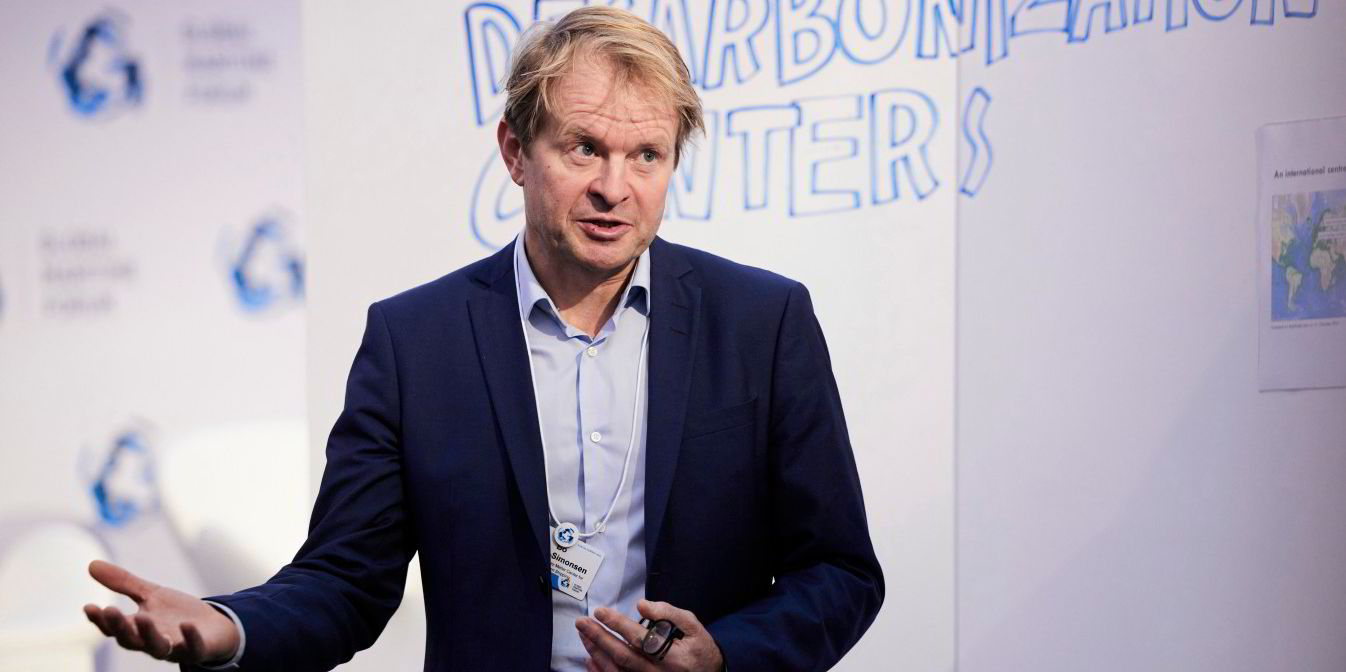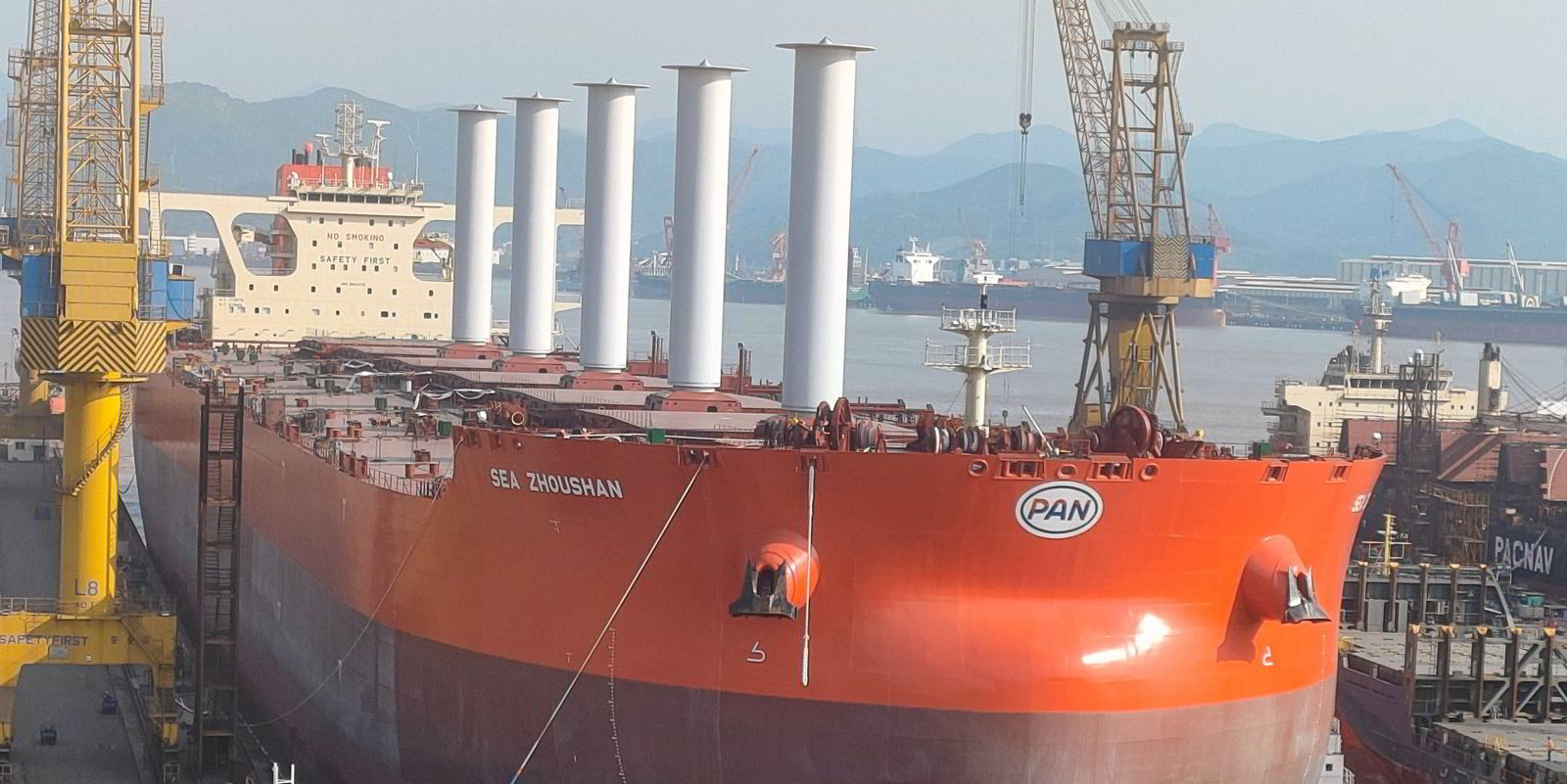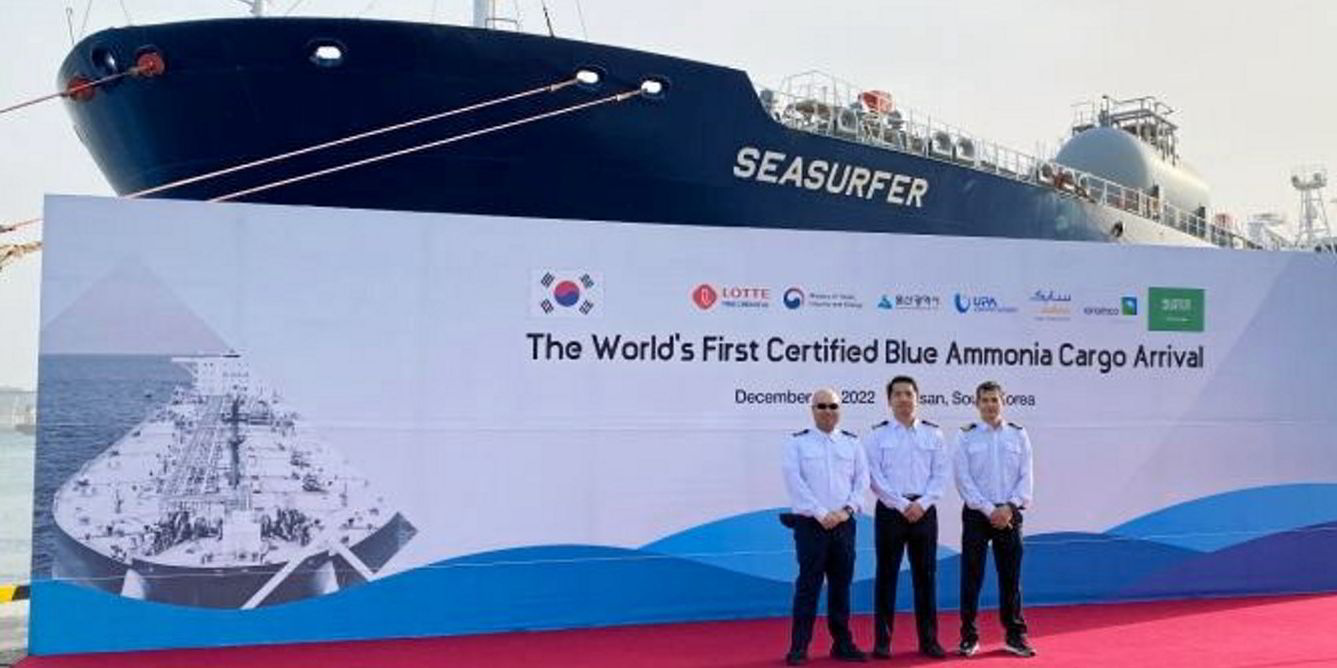Orders for LNG and methanol-fuelled newbuildings are expected to continue at a similar pace in 2023 as they did in the previous year but they will be spread across a different variety of ship types, according to classification society DNV.
Martin Wold, principal consultant for the society’s maritime advisory business, said DNV anticipates LNG-fuelled vessels will continue to dominate in the next 12 months, while the numbers built to use methanol will rise further and a sprinkling of ships built to use hydrogen and ammonia will be added to the mix.
Wold, speaking to TradeWinds as he looked ahead to the coming year, said the industry may see some higher numbers on methanol-fuelled newbuildings and bunker vessels to supply them in 2023. But the main question will be around sourcing green methanol — currently priced at around $2,000 per tonne equivalent of very low-sulphur fuel oil.
He added that if shipowners intend to run their vessels on green methanol this decade, they will need to follow AP Moller-Maersk’s example and ink offtake agreements with producers of the fuel so they can sign off on their own production projects.
“The supply should not be expected to come on its own,” he said.
Wold said 2021 had proved a record year for vessels ordered with LNG fuelling but last year had come in at almost the same level, despite the high price of the fuel.
In 2022, DNV logged 222 LNG-fuelled newbuildings ordered compared with 240 in 2021, with a record 51 vessels contracted in April alone.
Some 74% of the LNG-fuelled vessels ordered last year were container ships and car carriers, with product tankers accounting for around 9% of the orders.
Wold described 2022’s total as “quite an achievement” given the high prices.
“To reach that level, that means underlying confidence in LNG is still strong and that probably relates to the fact that the timeline for the newbuildings aligns quite well with the general expectation of when LNG prices will come down to affordable and more competitive levels,” he said.
Wold said last year’s LNG-fuelled newbuilding orders will create more than two million tonnes per annum of LNG bunker demand, matching a similar figure for the ships ordered in 2021.
But he added: “On paper, there is an increasing gap between what the underlying demand will be and the supply capacity of the confirmed LNG bunker vessel [LNGBV] fleet.”
He said that while there are enough LNGBVs to serve existing demand when the 876 vessels currently on order are operational, the fleet will not be able to fully serve that demand.
LNG-fuelled vessels
- Number of vessels ordered: 222 (81% of total orders)
- Number of ships delivered: 104 (a fleet growth
of 41%) - Total number of vessels
on order and in operation: 876
Wold admitted that DNV has been surprised by the speed of methanol fuel uptake, although the society has always advocated that there will be multiple alternative fuels.
DNV logged 35 methanol-fuelled vessel orders in 2022 — the bulk of which were container ships. Maersk accounted for 40% of the numerical orders.
Wold said the move has been turbocharged by Maersk’s heavy investment in methanol-fuelling, which has effectively bypassed many of the incremental steps taken for LNG by plunging straight in with large vessels.
But he highlighted other drivers such as the lower capital expenditure (capex) for a methanol-fuelled vessel over one that can bunker LNG and the non-cryogenic nature of methanol, which makes it simpler to handle.
Wold said DNV thinks methanol could prove a better option for some smaller-ship segments, where there are practical limitations on where to put LNG bunker tanks and the capex for LNG fuelling can become disproportionate to the value of the ship. But he said LNG is cost competitive and easier to scale with existing infrastructure and more advanced steps to bio-LNG.
Wold said DNV is still “a bit surprised” to see some statements made in the public domain that rank methanol as the superior fuel and put LNG in the rear-view mirror.
“We really don’t support that,” he said. “We see those two solutions as quite comparable and competitive. It is not like one is massively beating the other on any parameter.
“Both are fossil today and the starting point [pathway to net zero] for LNG is indisputably better even after including methane slip and well-to-tank life-cycle emissions.”
Wold said DNV’s official count on ammonia-fuelled vessels is still zero.
“We want to see a newbuild contract with the yard or a retrofit or a charter contract, and we haven’t seen that yet,” he said. “But we are very well aware of projects that are supposed to be operational by the end of 2024 or early in 2025, so we expect we will formally add these vessels to our lists in 2023.”
DNV also expects to see “a further positive trend” for the ordering of hydrogen-fuelled ships in the next 12 months.







